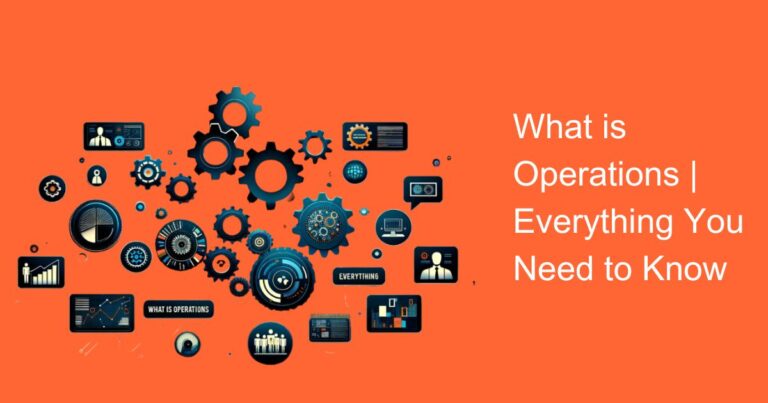Introduction
In the realm of business operations and financial management, asset utilization stands as a pivotal metric for assessing the efficiency and profitability of enterprises. Whether in manufacturing, services, or infrastructure development, optimizing asset utilization plays a crucial role in enhancing productivity and achieving sustainable growth. This article explores the concept of what is asset utilization, its importance in the Indian context, key metrics, challenges, and strategies for improvement.
Understanding Asset Utilization
Asset utilization refers to the efficiency with which a company employs its assets to generate revenue. These assets encompass physical resources such as machinery, equipment, facilities, and infrastructure, as well as intangible assets like intellectual property and human capital. Efficient utilization ensures that these assets are not only operational but also contribute maximally to revenue generation and profitability.
Importance of Asset Utilization in the Indian Context
In India, a rapidly growing economy with diverse industries ranging from manufacturing to IT services, optimizing asset utilization is critical for competitiveness and sustainability. With increasing global competition and evolving market dynamics, Indian businesses are under pressure to enhance operational efficiency and extract maximum value from their investments in assets.
Key Metrics for Asset Utilization
Overall Equipment Effectiveness (OEE):
OEE is a widely used metric in manufacturing to measure the performance, availability, and quality of equipment. It provides insights into how well equipment is utilized to produce goods without defects and downtime.
Asset Turnover Ratio:
This ratio indicates how efficiently a company uses its assets to generate revenue. A higher turnover ratio signifies better asset utilization.
Utilization Rate:
This metric measures the percentage of time an asset is actively used compared to its total available time. It helps identify underutilized assets that could be optimized or replaced.
Challenges in Optimizing Asset Utilization in India
Despite its importance, several challenges hinder effective asset utilization in the Indian business landscape:
Infrastructure Deficiencies:
Inadequate infrastructure in terms of transportation, power supply, and logistics can impact asset productivity and efficiency.
Technological Obsolescence:
Rapid technological advancements necessitate continuous upgrades to maintain asset relevance and efficiency.
Regulatory and Compliance Issues:
Complex regulatory frameworks and compliance requirements add operational costs and restrict flexibility in asset management.
Strategies for Improving Asset Utilization
To overcome these challenges and enhance asset utilization, businesses can adopt the following strategies:
Investment in Technology:
Embrace digital transformation initiatives such as IoT (Internet of Things) and AI (Artificial Intelligence) to monitor asset performance in real-time and predict maintenance needs.
Regular Maintenance and Upgradation:
Implement proactive maintenance schedules to prevent breakdowns and extend asset lifespan. Upgradation of obsolete technology and equipment is crucial for maintaining competitiveness.
Training and Skill Development:
Equip employees with the necessary skills to operate and maintain assets efficiently. Continuous training ensures optimal utilization and reduces downtime due to human errors.
Data-Driven Decision Making:
Utilize analytics and data insights to identify trends, patterns, and inefficiencies in asset utilization. This enables informed decision-making for resource allocation and investment planning.
Case Studies: Exemplifying Effective Asset Utilization in India
Manufacturing Sector
In the Indian manufacturing sector, companies like Tata Steel have implemented advanced technologies and predictive maintenance systems to optimize asset utilization. By leveraging data analytics and IoT sensors, Tata Steel has improved equipment uptime and reduced maintenance costs significantly.
IT Services Sector
In the IT services sector, companies such as Infosys have focused on enhancing the utilization of human capital through continuous upskilling and training programs. This strategic investment in talent development has resulted in higher productivity and client satisfaction.
Conclusion
Asset utilization remains a cornerstone of business strategy in India, influencing operational efficiency, profitability, and competitiveness across industries. By adopting innovative technologies, prioritizing maintenance, and investing in human capital, businesses can unlock the full potential of their assets and drive sustainable growth in the dynamic Indian market. In summary, optimizing asset utilization not only enhances financial performance but also strengthens the foundation for long-term success and resilience in an increasingly competitive global economy.







